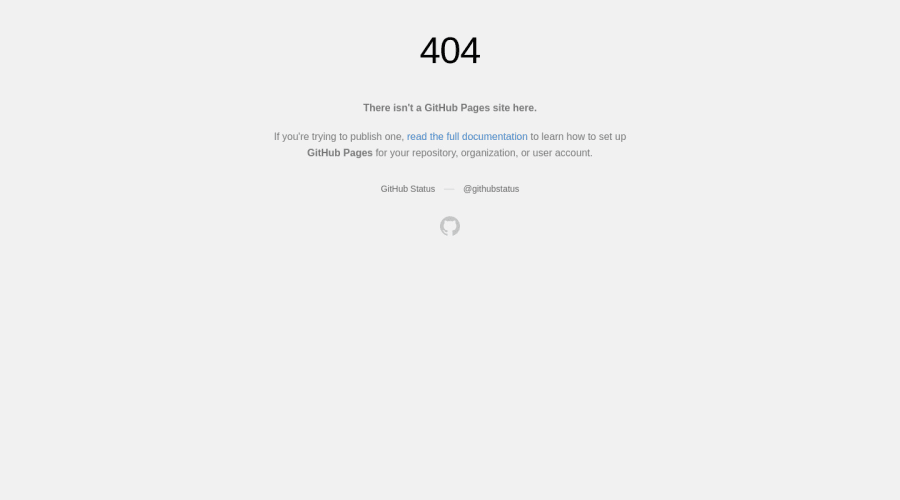@grizhlieCodes
Posted
Oh yes - if you do display: none on the ul.benefits-list you will see that the problem (line) also disappears. Or if you remove padding from section.benefits. But these of course don't solve the real issue so I thought the above solution was apt to mention.
Marked as helpful

